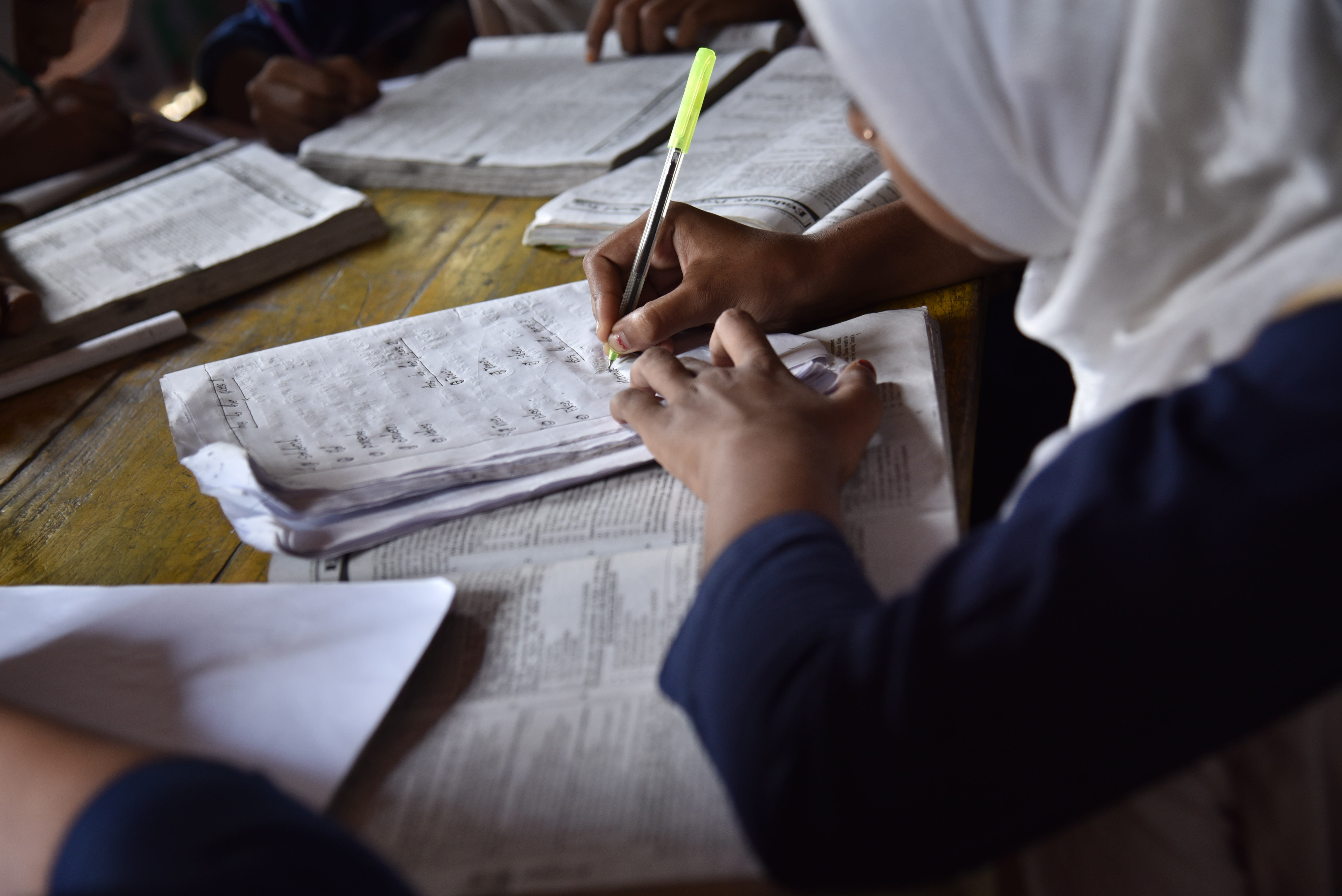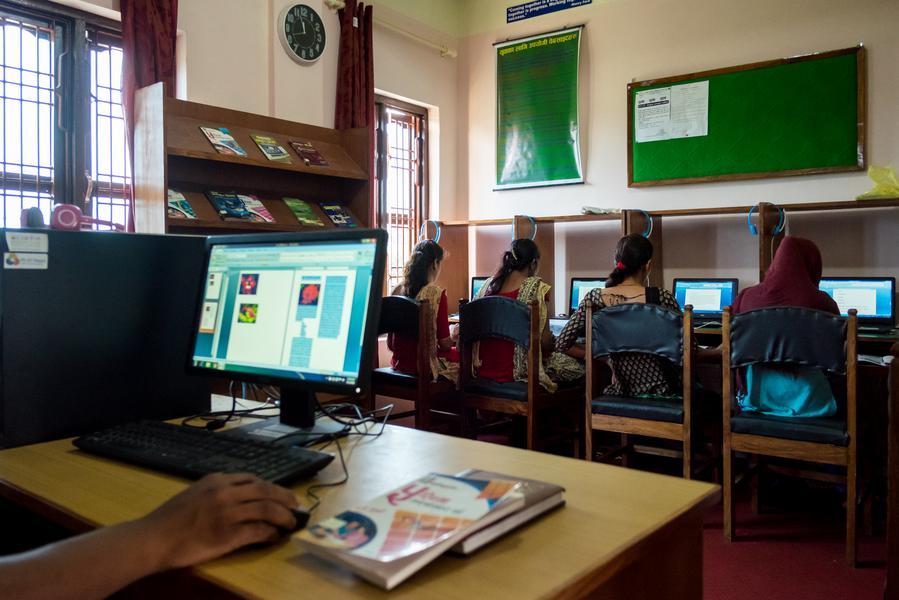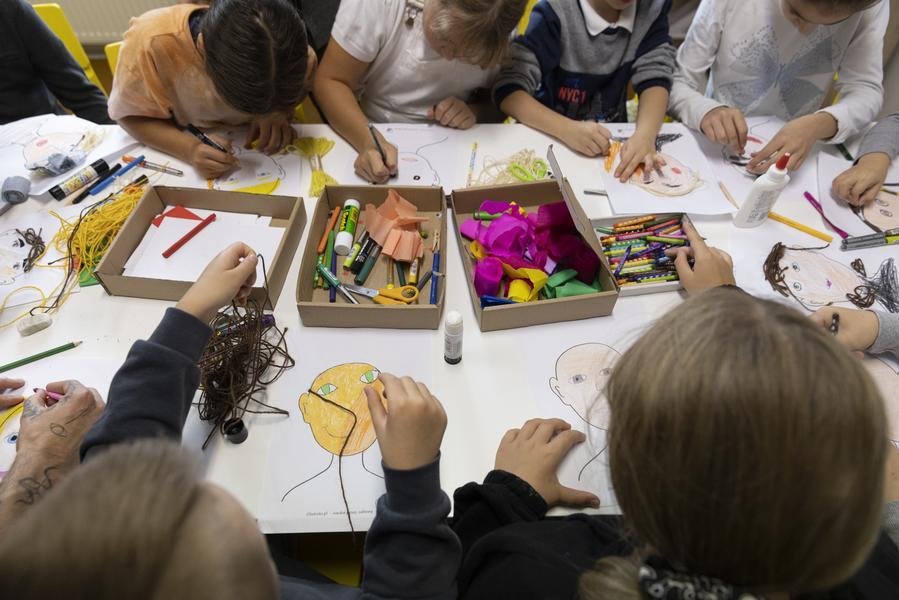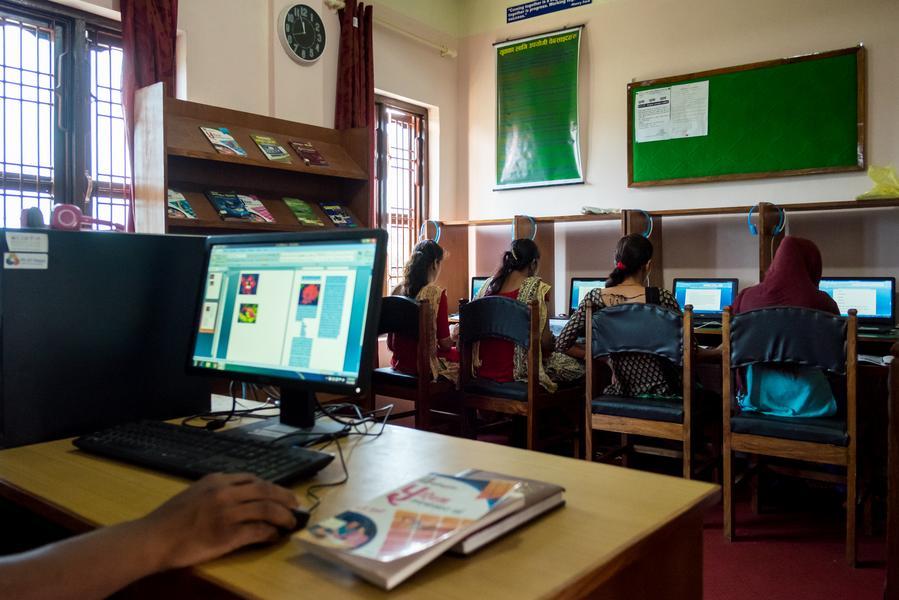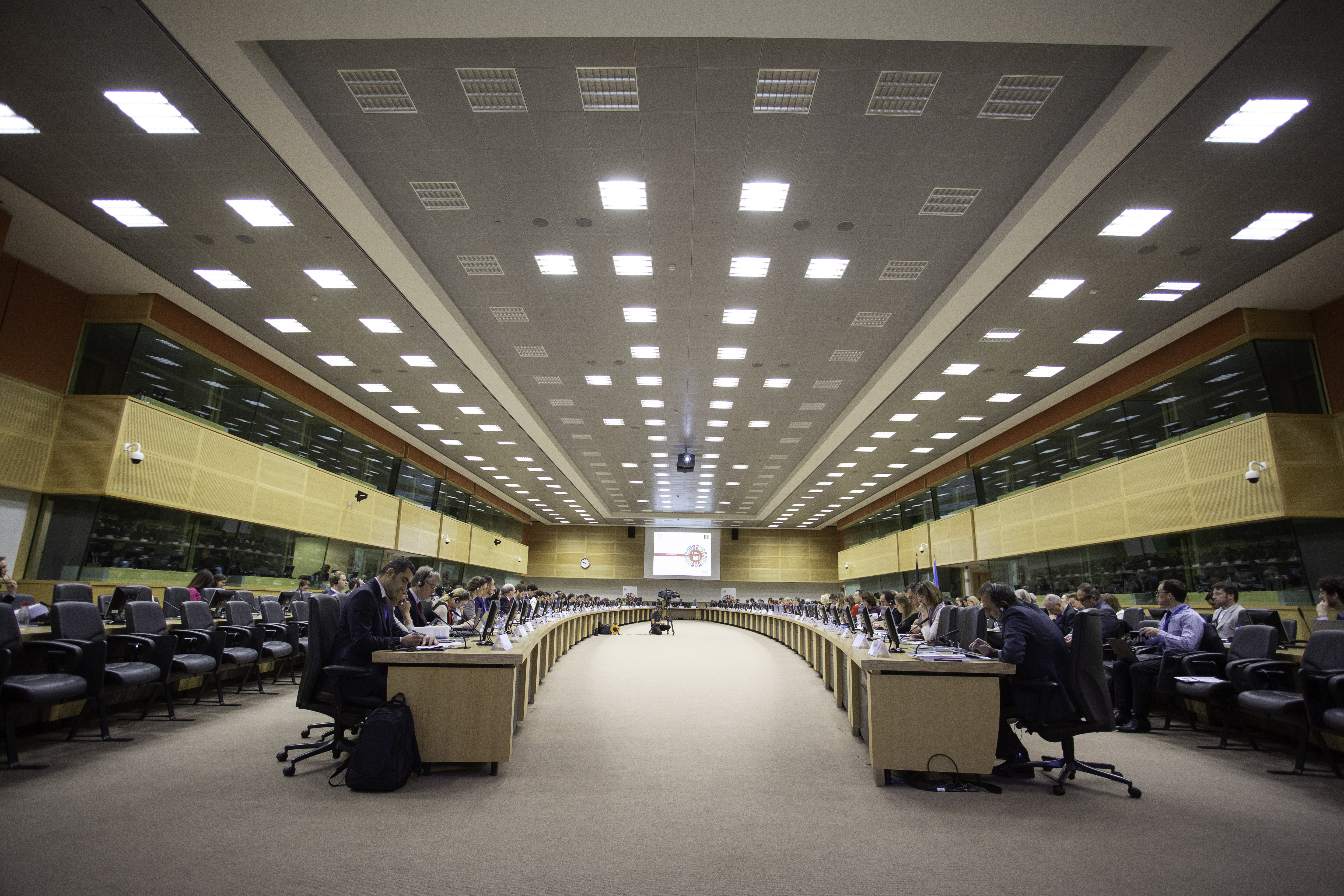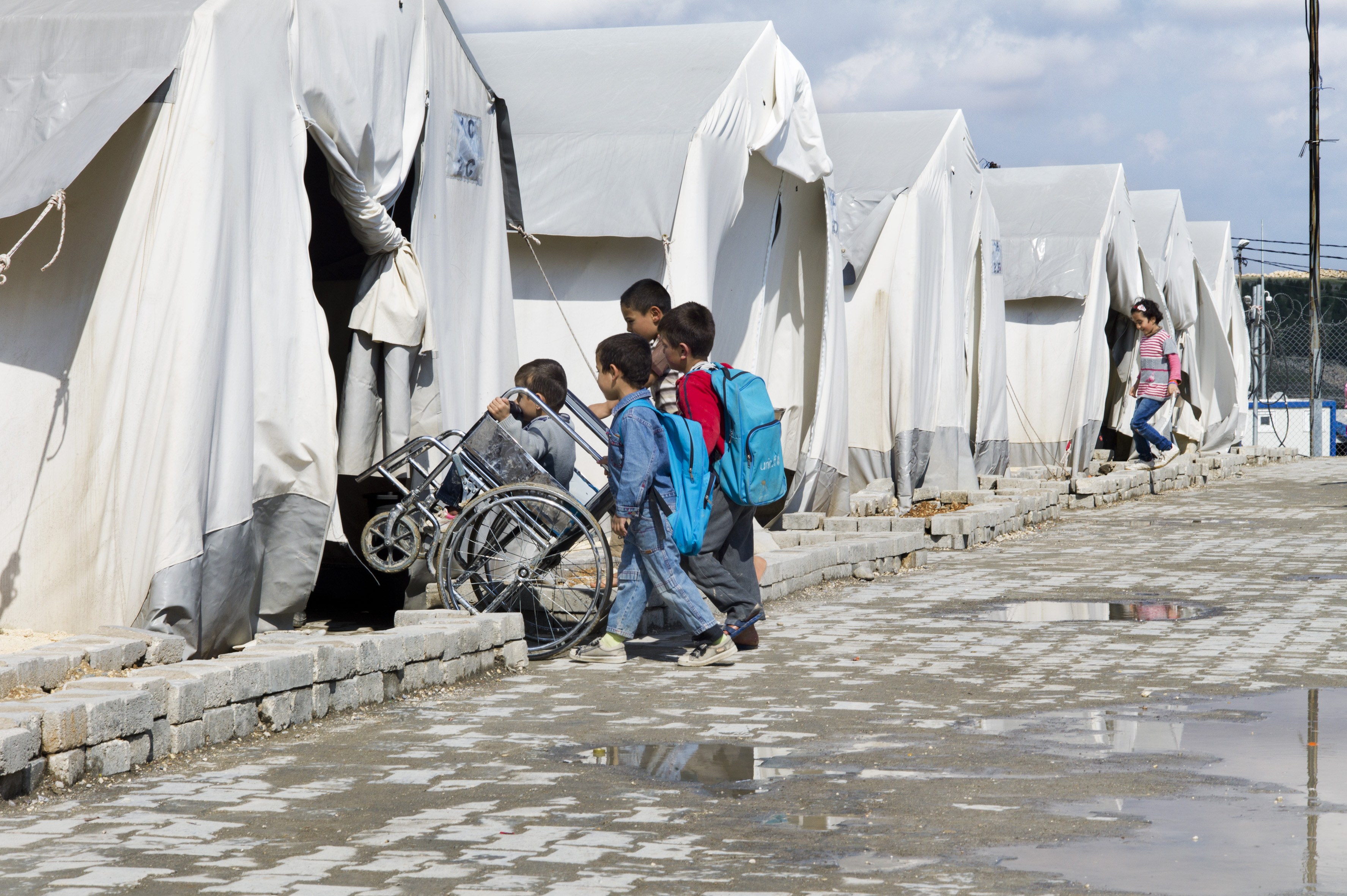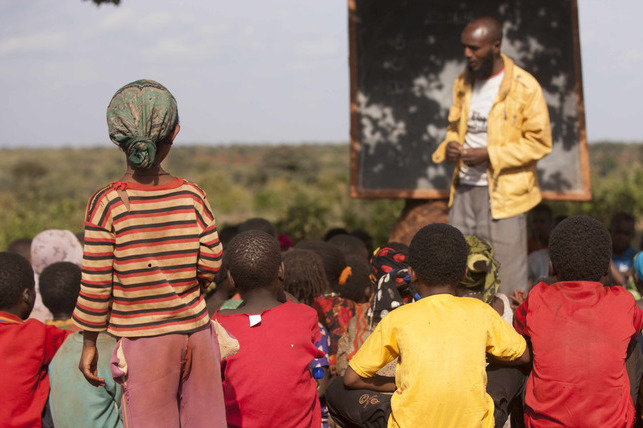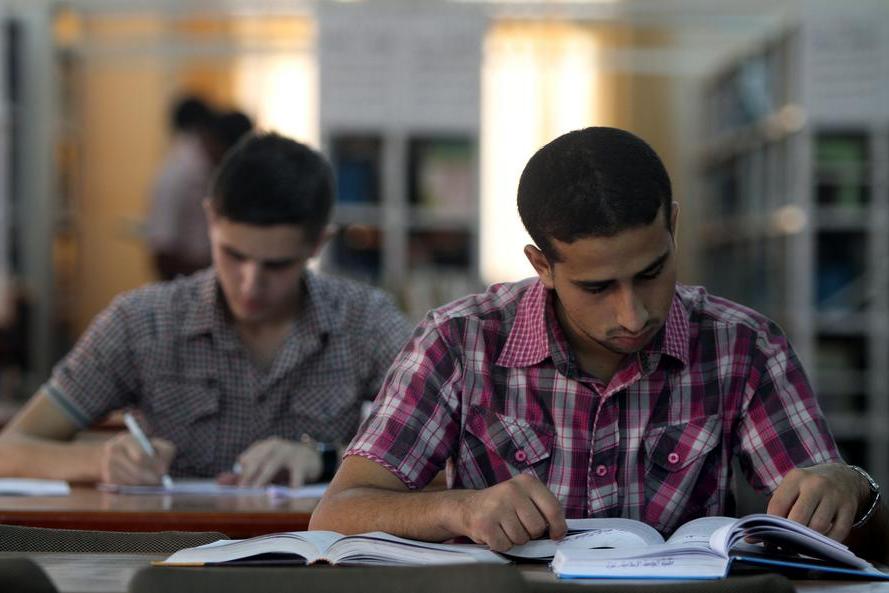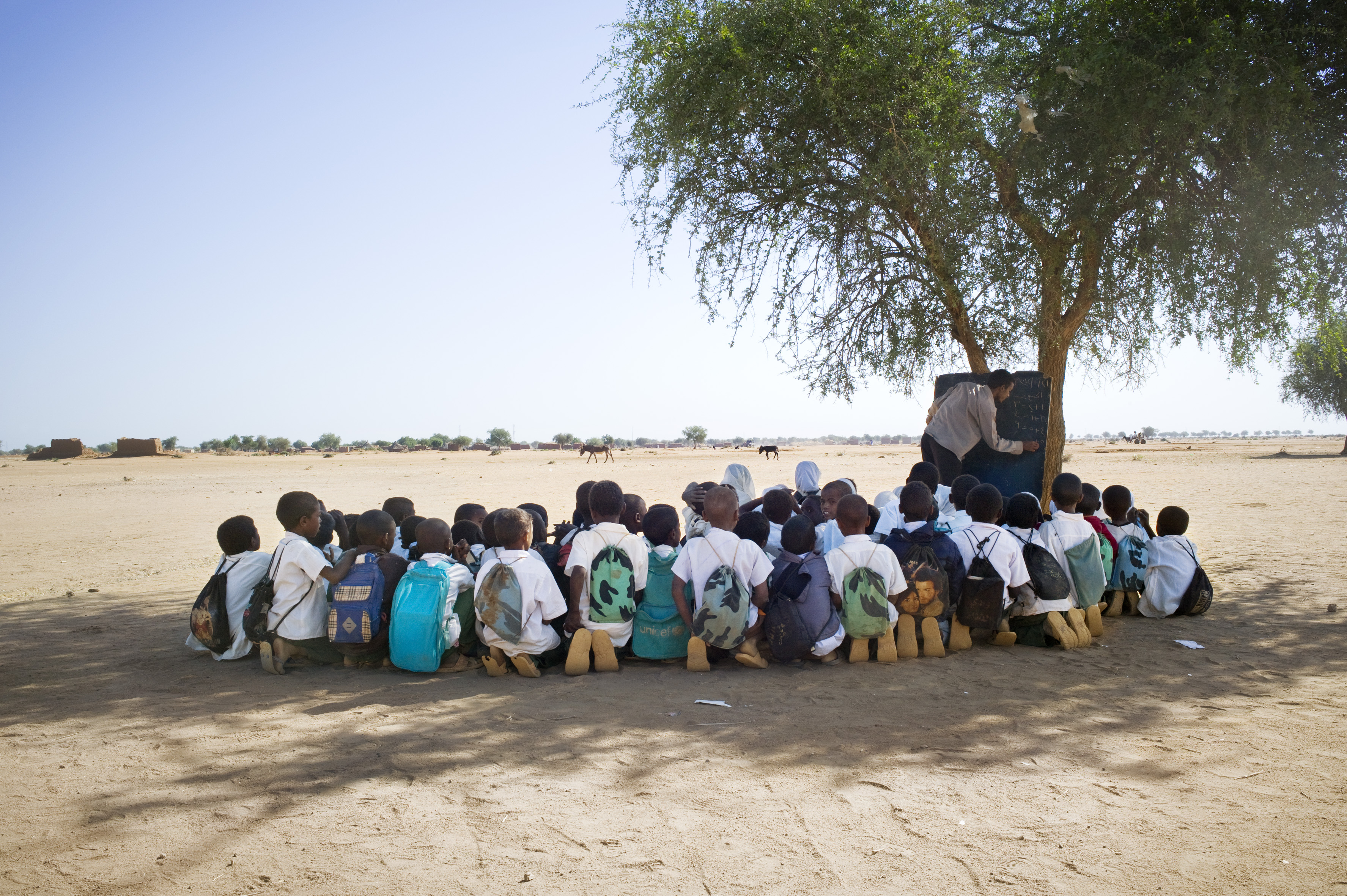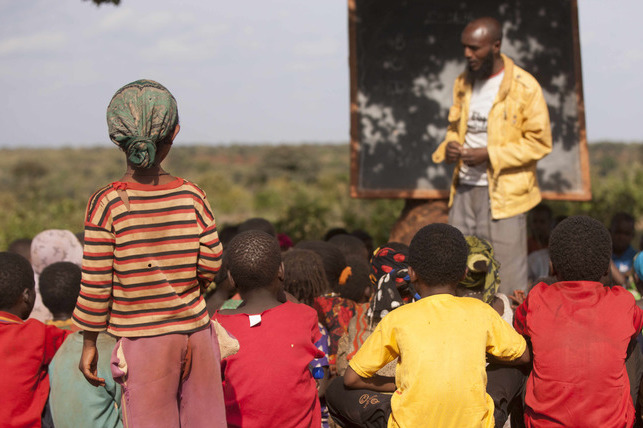
Policies
Play Based Learning and Literacy
Context
Current research underscores the crucial link between active, socially engaging play and early language and literacy development in young children. Neuman and Roskos (1992) highlight that while play may not equate to formal reading, it fosters print-meaning associations, a foundational skill for skilled reading. Stegelin (2005) emphasizes that play-based learning environments that mimic home and community literacy settings can significantly contribute to early literacy and social awareness. Integrating art activities, literacy props, environmental print, poetry, songs, chants, storytelling, and big book sharing within a structured play framework can profoundly enrich early literacy development.
Solution
The 'materials intervention' strategy leverages play-based environments to promote early literacy and language development. This approach includes:
-
Play Areas Resembling Literacy Environments
- Design: Creating play areas that closely resemble the literacy-rich environments children experience at home and in their communities. These areas should be equipped with books, writing materials, and literacy props.
- Purpose: To foster print-meaning associations and provide children with familiar and engaging contexts for literacy learning.
-
Integration of Art Activities and Literacy Props
- Activities: Incorporating art projects that involve writing and reading, using literacy props such as labels, signs, and charts within the play environment.
- Benefits: Enhances children's understanding of the functional aspects of print and encourages them to interact with written language in meaningful ways.
-
Emphasis on Environmental Print and Multimodal Literacy
- Elements: Including environmental print (e.g., posters, labels, signs) and multimodal literacy activities (e.g., poetry, songs, chants, storytelling, big book sharing).
- Impact: Supports children in recognizing and interpreting print in their surroundings, enhancing both literacy and social awareness.
-
Provision of Adequate Playtime
- Time Allocation: Ensuring that children have sufficient time for free and guided play within a print-rich environment.
- Outcome: Allows children to engage deeply with literacy materials and activities, reinforcing their language skills and literacy development.
Impact
Implementing the 'materials intervention' strategy in early childhood settings can have significant positive impacts on early literacy and language development:
-
Enhanced Print-Meaning Associations
- Development: Children develop stronger print-meaning associations through engaging with literacy-rich play environments, laying the groundwork for skilled reading.
-
Improved Language Skills
- Skills: Active play and interaction with literacy materials enhance children's vocabulary, comprehension, and expressive language abilities.
-
Social and Cognitive Growth
- Growth: Structured play that incorporates literacy activities promotes not only cognitive development but also social skills, as children learn to share, collaborate, and communicate effectively with peers and adults.
-
Increased Engagement and Motivation
- Engagement: The integration of familiar and enjoyable activities such as storytelling, songs, and art projects keeps children motivated and engaged, fostering a positive attitude towards reading and learning.
-
Foundation for Future Literacy Success
- Long-Term Impact: By enriching early literacy experiences through play, children are better prepared for formal reading instruction, leading to long-term academic success and a lifelong love of reading.
Analysis
The 'materials intervention' strategy, supported by research from Neuman and Roskos (1992) and Stegelin (2005), demonstrates the effectiveness of play-based learning environments in promoting early literacy and language development. By creating literacy-rich play areas, integrating multimodal literacy activities, and providing ample playtime, educators can significantly enhance children's early literacy skills and social awareness. This approach not only supports immediate learning outcomes but also lays a strong foundation for future academic success and a positive lifelong relationship with reading and learning.

